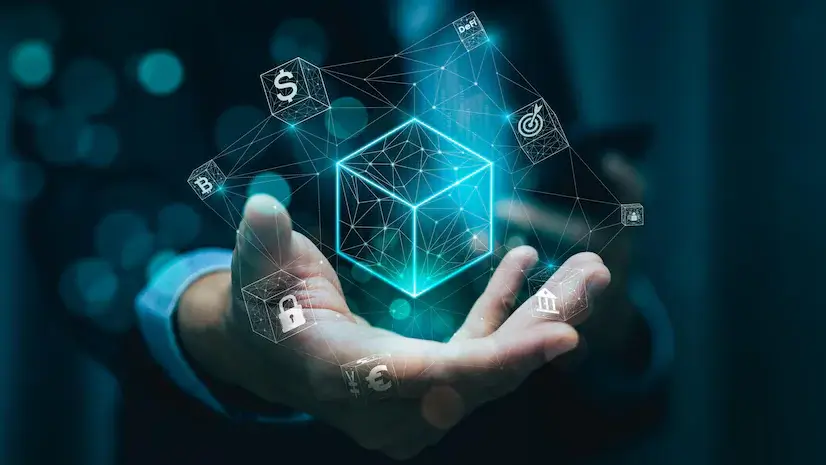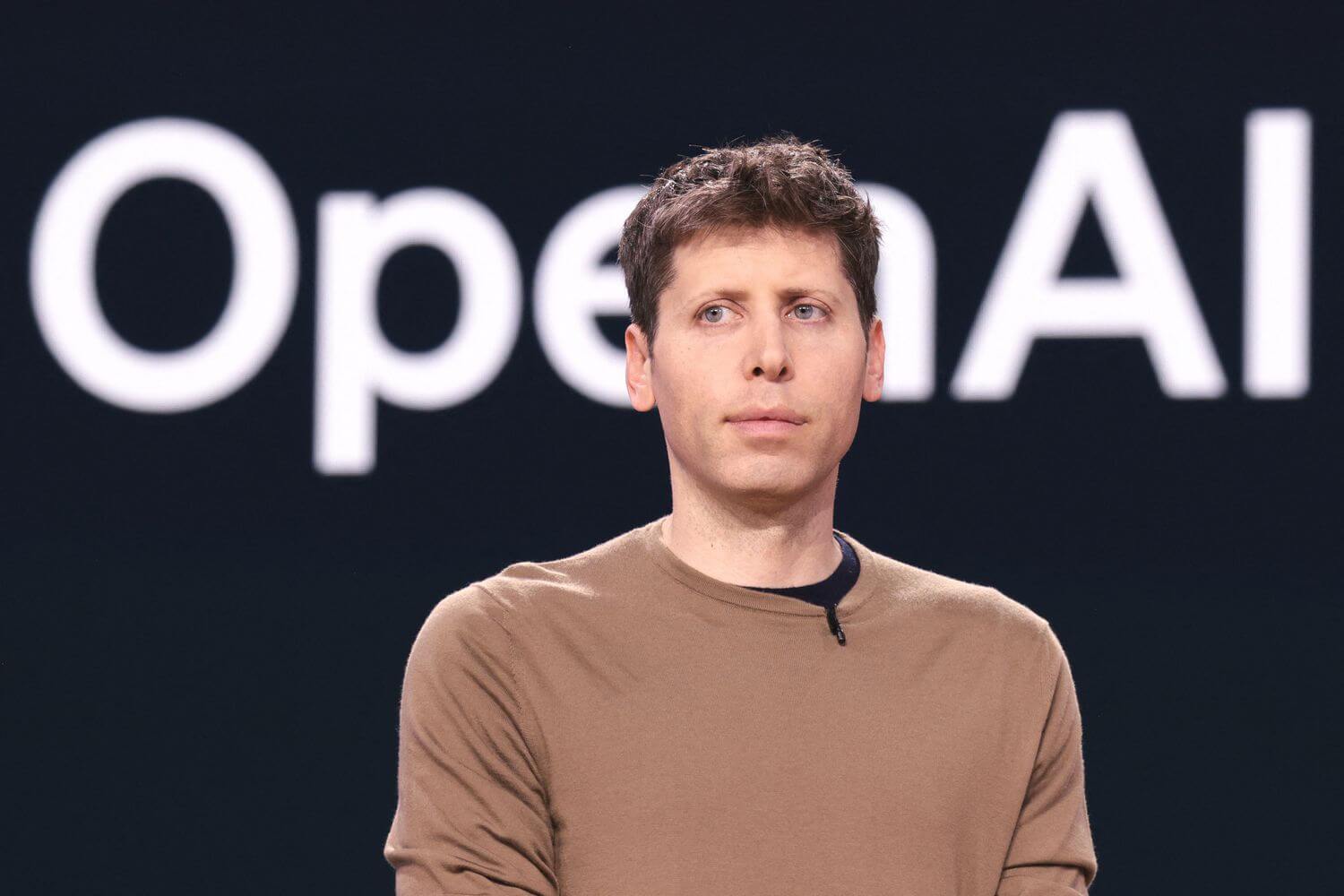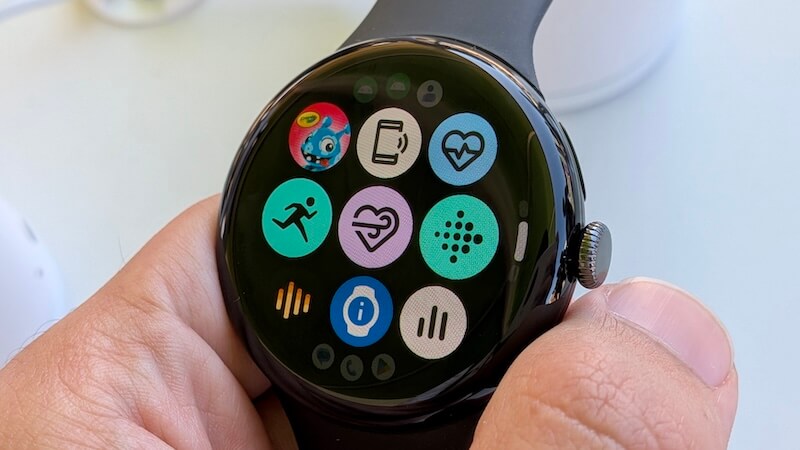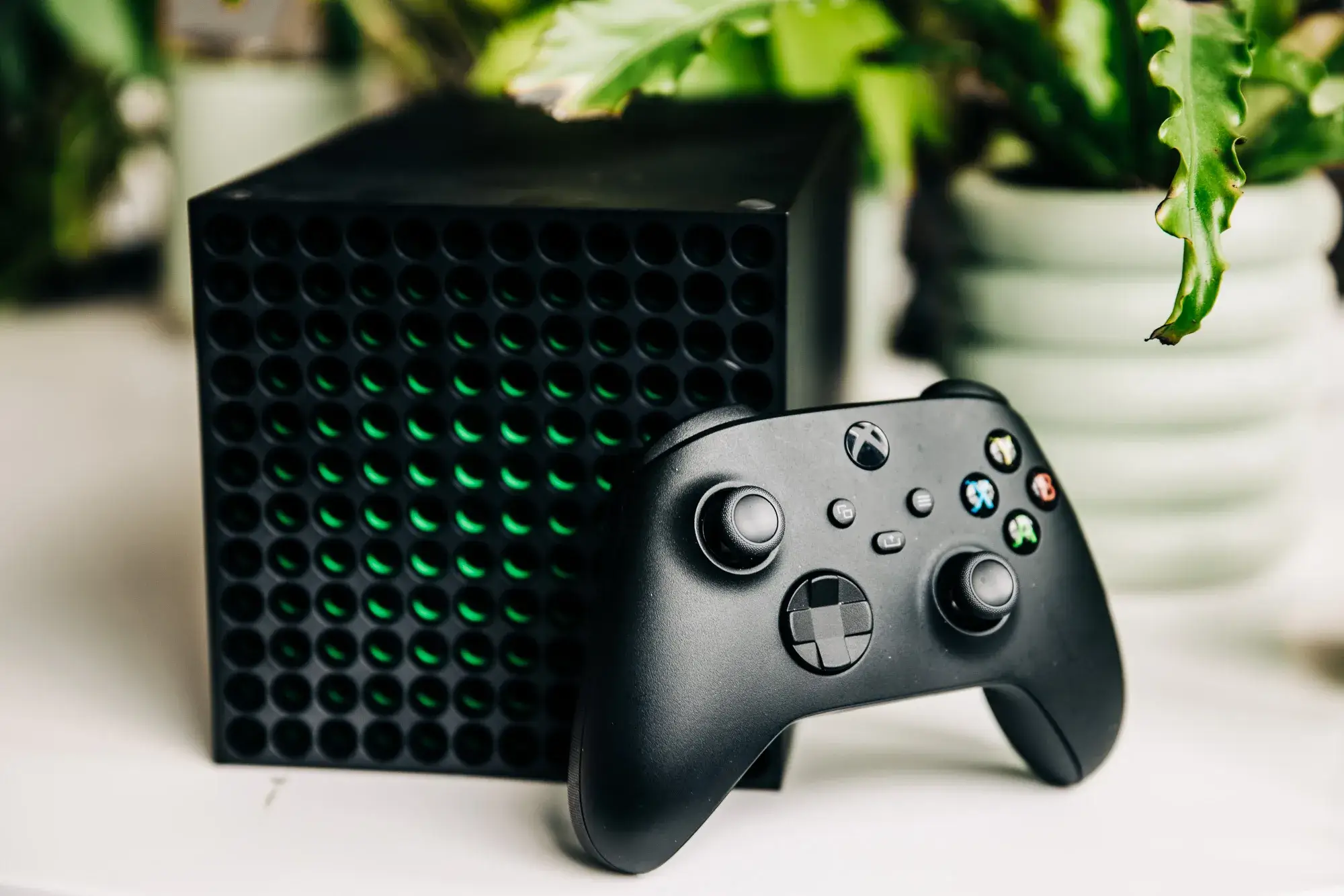Brain-computer interfaces (BCIs) are rapidly emerging as a transformative technology, offering renewed hope to paralyzed individuals seeking to regain movement and independence. These innovative systems create a direct communication pathway between the brain and external devices, bypassing damaged neural pathways and enabling users to control technology with their thoughts. Recent advancements in BCI technology showcase the potential to revolutionize the lives of those with paralysis.
One of the most promising areas of BCI research focuses on restoring motor function. By recording brain activity through various methods like electroencephalography (EEG) or implanted microelectrodes, BCIs translate neural signals into commands that operate assistive devices. This allows individuals to control prosthetic limbs, robotic exoskeletons, or even their own muscles through electrical stimulation. For example, researchers at the University of California, San Francisco (UCSF) have developed a BCI that enables a paralyzed man to control a robotic arm simply by imagining the movements he wishes to execute. Impressively, the system has demonstrated stability over several months, requiring minimal recalibration. Similarly, ONWARD Medical has achieved significant milestones with its ARC-BCI Therapy, designed to restore thought-driven movement after spinal cord injury. They have successfully implanted their investigational ARC-BCI system in multiple individuals, marking a significant step forward in BCI technology.
These BCI systems often employ sophisticated artificial intelligence (AI) algorithms to decode brain signals and translate intentions into movement. ONWARD's DigitalBridge, for example, creates a wireless connection between the brain and the body, using AI to interpret neural signals. This technology holds the potential to restore voluntary control over movement, significantly improving the quality of life for individuals with spinal cord injuries. In Lausanne, Switzerland, recent procedures have been performed under the direction of Dr. Jocelyne Bloch, implanting the ARC-BCI system in patients with spinal cord injuries, showcasing the potential for thought-driven movement restoration to become a standard therapy.
Moreover, BCI technology isn't limited to just restoring movement. Neuralink, founded by Elon Musk, has been developing BCIs to compensate for the loss of speech and motor functions due to neurological disorders. They have successfully implanted an electronic chip called "Telepathy" in the brains of patients with complete paralysis, enabling them to move a mouse cursor on a laptop and play chess using only their thoughts. This device has received FDA breakthrough device designation, highlighting its potential to provide significant benefit for those with limited therapeutic alternatives.
Beyond motor function and communication, BCIs are also showing promise in promoting neuroplasticity, the brain's ability to reorganize itself by forming new neural connections. By engaging in consistent BCI-assisted movement practices, partially paralyzed patients can experience the restoration of some motor function in their limbs. This is particularly beneficial for stroke patients, as the brain can find new ways to connect different parts and reclaim lost functions.
Despite these remarkable advancements, challenges remain in making BCI technology more widely accessible. Accurately interpreting brain signals in real-time and establishing standardized testing methods are crucial steps. Researchers are also exploring less invasive BCI approaches, such as wireless, minimally invasive techniques that avoid damaging brain tissue and reduce the risk of complications. A Chinese research team at Tsinghua University, for instance, has developed a minimally invasive, wireless BCI that has allowed paralyzed patients to regain motor skills, such as fetching a bottle and controlling cursor movements.
The future of BCI technology is bright, with ongoing research focused on making these systems more efficient, affordable, and accessible. Combining BCI with other techniques like transcranial magnetic stimulation (TMS) and transcranial direct current stimulation (tDCS) may further accelerate recovery. As BCI technology continues to evolve, it promises to revolutionize rehabilitation and offer a new level of mobility, independence, and hope for millions of paralyzed individuals worldwide.















